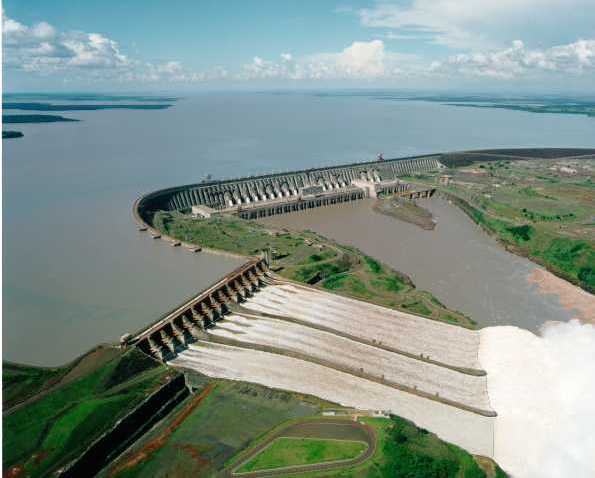BUENOS AIRES, Argentina -- Brazil has always dealt with its energy problems in the same way— by building more dams. During the 1970s military dictatorship, it was thought a mega-dam or two would solve the country's energy problems for a generation. It was then Brazil began collaborating with neighboring Paraguay to build the massive Itaipu dam, which supplies approximately one-fifth of Brazil's energy. Despite Itaipu's output, Latin America's largest economy still has problems with the stability of its energy supply. Last year, Bolivia put Brazil into a stranglehold by threatening to restrict the flow of natural gas, triggering a flurry of diplomacy that revealed just how vulnerable Brazil is. Few in Brazil have forgotten the apagão, or "big blackout" of 2001 and 2002. That energy crunch was beaten by voluntary conservation, but it raised the specter of imposed blackouts. Left-leaning President Luiz Inacio "Lula" da Silva has made the energy question a focus of his second term in office, as part of a larger plan to jumpstart Brazil's economic growth, which was 3.7 percent in 2006. Many Asian and Latin American economies are growing twice as fast. To grow, Brazil needs abundant energy, and President Lula has staked the future on hydroelectricity.
Brazilian President’s Push for Dams in Amazon Basin Stirs Controversy

